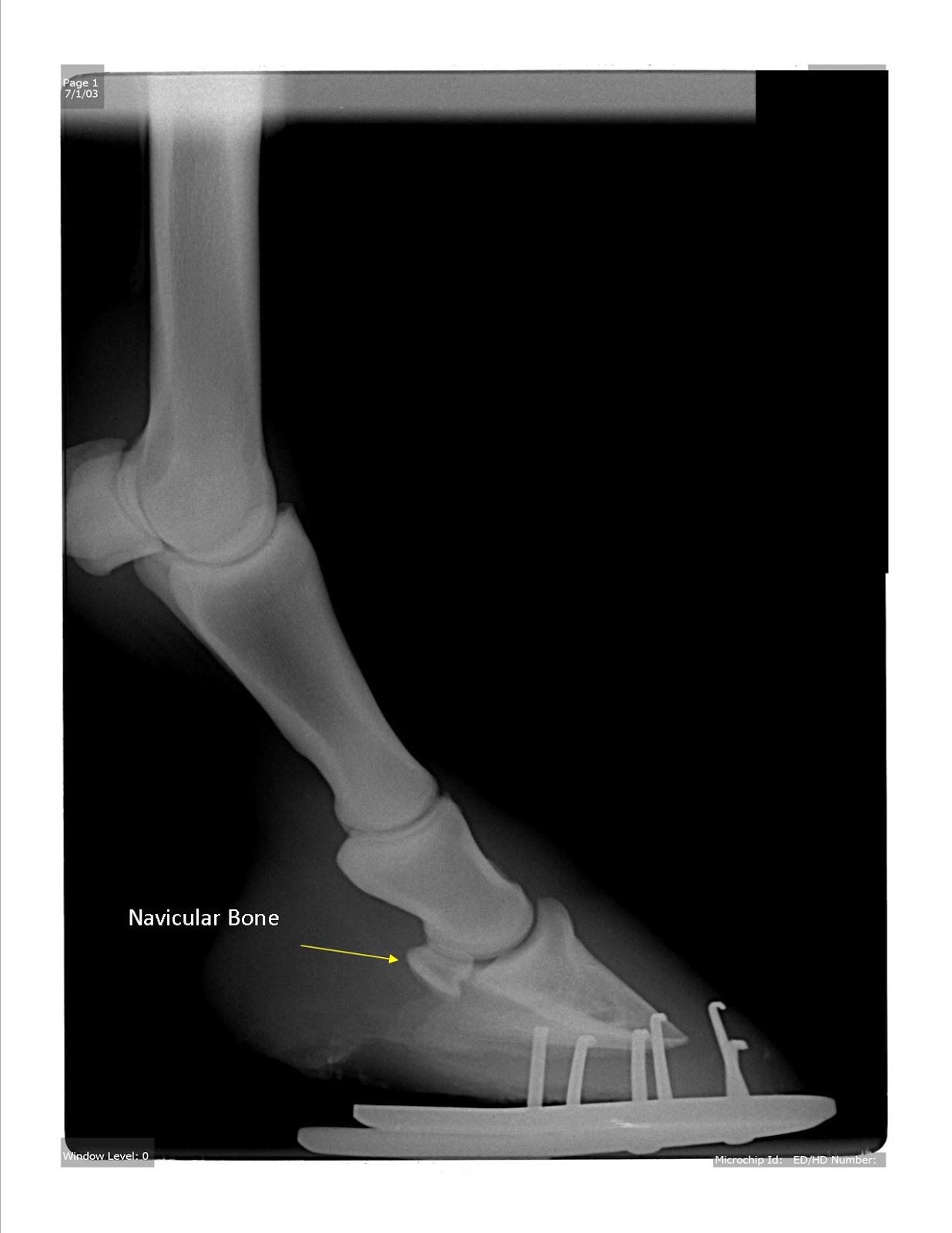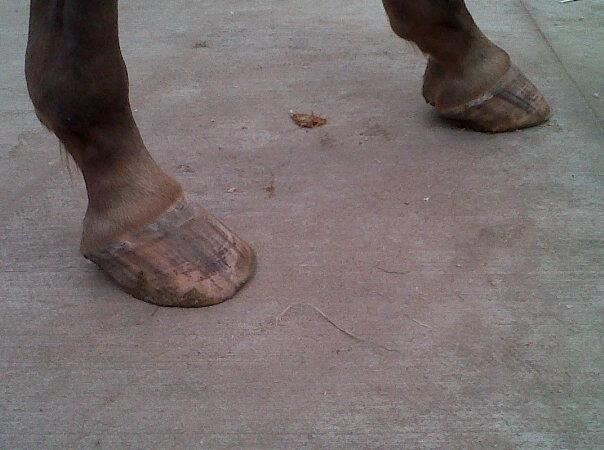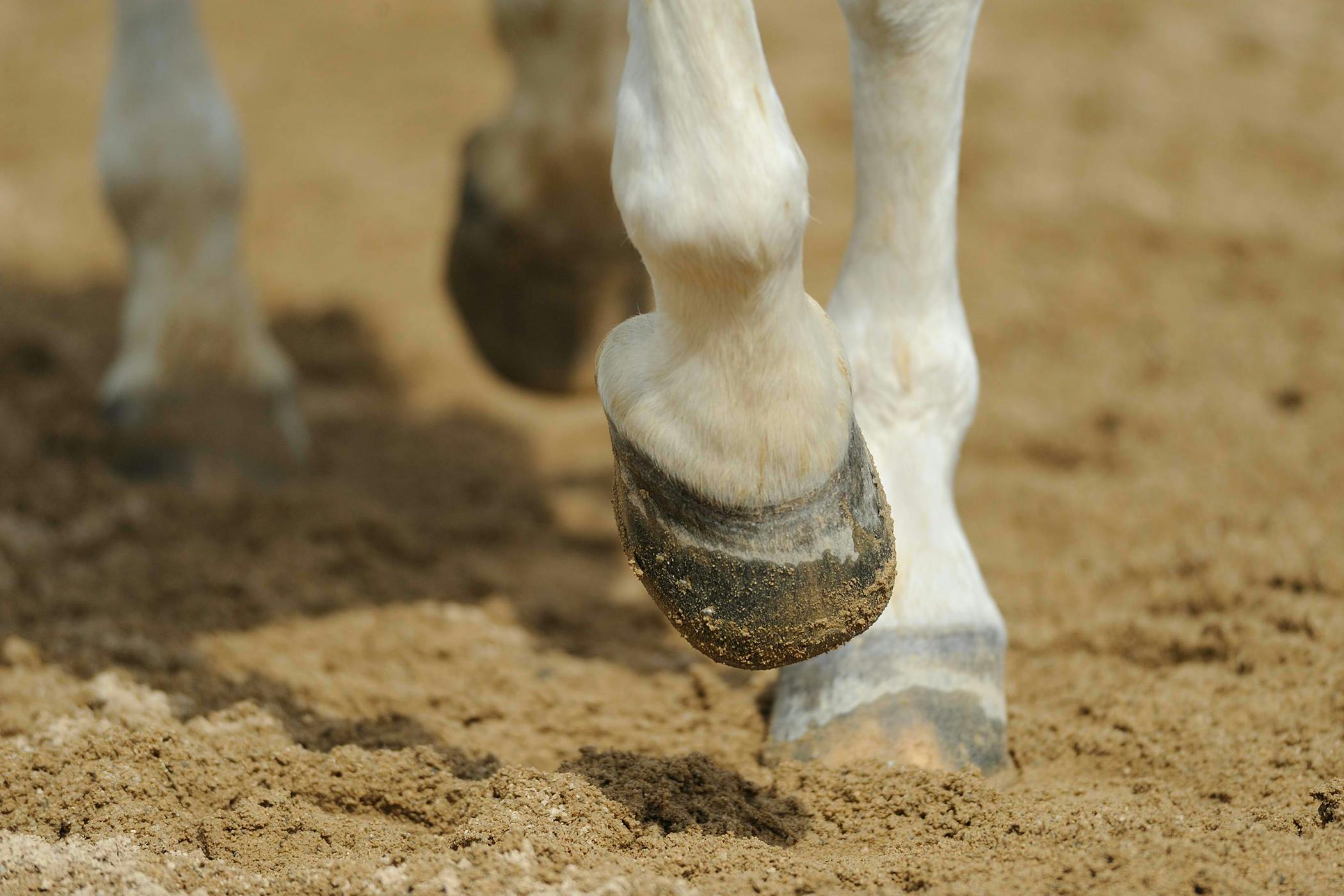

“I think you can takes steps to limit the impact and concussive forces on the foot, like avoiding riding on hard ground, which also helps prevent sole bruising,” she said. Ortved said the fact that horses are athletes makes it difficult to prevent navicular syndrome. “It allows a more clear understanding of what’s going on in the foot and allows you to target treatment more appropriately.” While costs vary, Ortved estimates that in the Northeast, a standing MRI without sedation is usually $2,500 per foot, and up to $3,500 for an MRI under general anesthesia.

“If the finances are there to support an MRI, the sooner the better – especially if you’re questioning the diagnosis,” said Ortved. Recent data show significantly better outcomes in horses exhibiting foot lameness when MRIs are done early. While some horses can undergo an MRI without sedation, many have to undergo general anesthesia, which means higher cost and hospitalization. The role of MRI should be considered in terms of both necessity and expense, which can be significant. Or if X-rays show mild to moderate changes, we can do some treatments and use anti-inflammatories to see if horse responds.” “There may be other things going on, but you can definitely say the horse has a severe navicular issue. “If there are significant changes to the navicular bone on X-ray, there’s a solid answer,” said Ortved. However, while X-rays can identify issues in the navicular bone itself, they can’t identify any other pathology or injury in that area. Some horses show an exaggerated response when they’re on hard ground.”ĭiagnosing a horse with navicular syndrome usually starts with a (nerve) block to identify the source of pain, followed by X-rays.

“One foot might be worse than the other, and that’s the one the horse is limping on, or you notice a shorter stride or unwillingness to land after a jump. “Often, navicular syndrome occurs bilaterally in the front feet,” said Ortved. One early sign of navicular syndrome is mild lameness, and early recognition provides a good opportunity to intervene. We see a lot of it in Thoroughbreds, warmbloods, and Quarter horses.” While there’s no proof that navicular syndrome is inherited, certain conformation faults may lead to higher incidence. “It doesn’t necessarily mean the navicular bone itself – navicular syndrome has been expanded to include other structures in that area of the foot. “We always say that 90 percent of forelimb lameness originates in the foot, and a lot of foot lameness we see originates in that part of the foot,” said Ortved. MRI allows imaging of all the soft tissue, so a horse that was initially diagnosed with navicular disease can now be diagnosed more accurately as having a tear in the deep digital flexor tendon. The vet can isolate forelimb lameness with a block to the foot, but X-rays might still be normal. But soft tissue, which can also be part of the problem, doesn’t show up on X-rays. Ortved said the term “navicular” is the most common term because that’s the bone that shows up on X-rays. The navicular bone itself has cartilage on both sides and is part of the coffin joint, then on the back side there’s cartilage where the deep digital flexor runs.” The navicular bursae sit between the navicular bone and the deep digital flexor tendon, and ligaments support the navicular bone on either side. “The navicular bone is also supported by the impar ligament that comes off the bottom of it and attaches to the coffin bone. “The deep digital flexor tendon comes down the back of the leg and wraps around the back of the navicular bone and inserts on the coffin bone,” she explained. Ortved explained the roles of structures in the equine foot and how they relate to navicular syndrome. This has led to deeper understanding of diagnosing and managing navicular syndrome. Kyla Ortved, assistant professor of large animal surgery at the University of Pennsylvania’s New Bolton Center, said many bones and structures comprise the equine foot, and there’s a much better understanding of how these bones and structures work together. Like many horse maladies, navicular disease has more than one name, including navicular syndrome and podotrochlosis.ĭr.


 0 kommentar(er)
0 kommentar(er)
